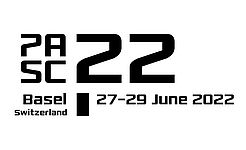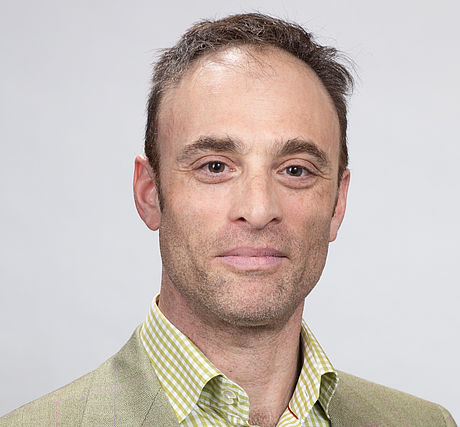Public Lecture
Black holes are cosmic objects so small and dense, that nothing, not even light can escape their gravitational pull. Until recently, no one had ever seen what a black hole actually looked like. Einstein's theories predict that a distant observer should see a ring of light encircling the black hole, which forms when radiation emitted by infalling hot gas is lensed by the extreme gravity near the event horizon. On April 10th, 2019, the EHT project reported success: using a global network of radio dishes we have imaged a black hole, and we have seen the predicted strong gravitational lensing that confirms the theory of General Relativity at the boundary of a black hole. This talk will cover how this was accomplished, details of the first results, groundbreaking new results, as well as future directions that will enable real-time black hole movies.
Full recording available here.
Shep Doeleman is Founding Director of the Event Horizon Telescope (EHT) project and led the international team that made the first image of a black hole. He received his bachelor's from Reed College and PhD in astrophysics from MIT. After serving as assistant director of MIT’s Haystack Observatory and receiving a Guggenheim Fellowship in 2012, he moved to the Harvard-Smithsonian Center for Astrophysics, where he co-founded Harvard’s Black Hole Initiative. He is the recipient of the Lancelot M. Berkeley Prize and the Bruno Rossi Prize from the American Astronomical Society, and now leads the next-generation EHT project with a goal to make movies of black holes.




